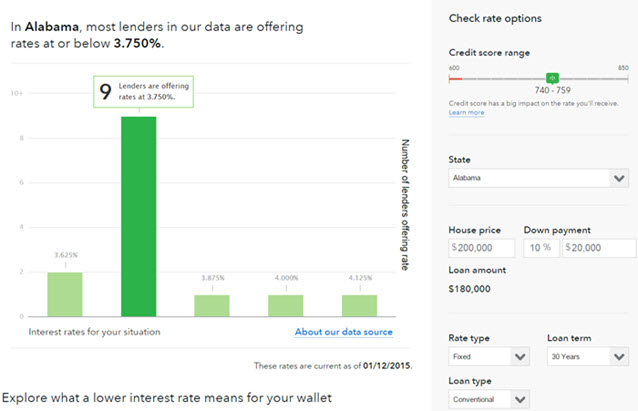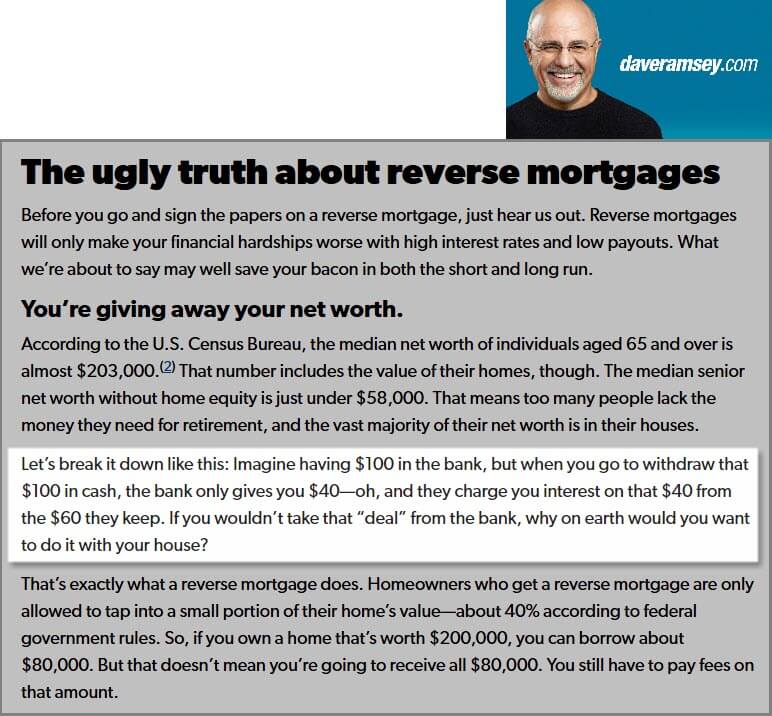An additional decline in the housing market would have sent ravaging ripples throughout our economy. By one estimate, the firm's actions avoided home costs from dropping an extra 25 percent, which in turn saved 3 million jobs and half a trillion dollars in financial output. The Federal Housing Administration is a government-run mortgage insurance provider.
In exchange for this defense, the firm charges up-front Go here and yearly costs, the cost of which is passed on to debtors. During regular financial times, the agency normally concentrates on borrowers that require low down-payment loansnamely very first time homebuyers and low- and middle-income households. During market downturns (when personal investors pull back, and it's hard to protect a home mortgage), lending institutions tend depend on Federal Housing Administration insurance to keep home mortgage credit streaming, meaning the agency's organization tends to increase.
housing market. The Federal Real estate Administration is expected to run at no expense to federal government, utilizing insurance coverage fees as its sole source of profits. In case of a serious market downturn, nevertheless, the FHA has access to a limitless credit line with the U.S. Treasury. To date, it has never needed to draw on those funds.
Today it deals with mounting losses on loans that originated as the marketplace remained in a freefall. Real estate markets across the United States appear to be on the heal, but if that healing slows, the agency might soon need assistance from taxpayers for the very first time in its history. If that were to take place, any financial backing would be a good financial investment for taxpayers.
Any support would amount to a tiny portion of the company's contribution to our economy over the last few keywest timeshare years. (We'll discuss the details of that support later on in this quick.) In addition, any future taxpayer help to the firm would probably be temporary. The reason: Mortgages insured by the Federal Housing Administration in more current years are most likely to be a few of its most rewarding ever, producing surpluses as these loans grow.
The Single Strategy To Use For How Many New Mortgages Can I Open
The opportunity of federal government support has constantly been part of the deal between taxpayers and the Federal Real estate Administration, despite the fact that that support has actually never ever been needed. Given that its creation in the 1930s, the firm has actually been backed by the full faith and credit of the U.S. government, suggesting it has full authority to tap into a standing credit line with the U.S.
Extending that credit isn't a bailoutit's fulfilling a legal promise. Looking back on the previous half-decade, it's in fact rather amazing that the Federal Real estate Administration has made it this far without our assistance. Five years into a crisis that brought the whole home mortgage market to its knees and led to extraordinary bailouts of the country's largest banks, the agency's doors are still open for business.
It describes the role that the Federal Housing Administration has had in our nascent housing recovery, offers a photo of where our economy would be today without it, and lays out the dangers in the firm's $1. 1 trillion insurance portfolio. Given that Congress created the Federal Housing Administration in the 1930s through the late 1990s, a federal government guarantee for long-term, low-risk loanssuch as the 30-year fixed-rate mortgagehelped guarantee that home loan credit was continuously readily available for almost any creditworthy customer.

housing market, focusing mainly on low-wealth families and other debtors who were not well-served by the private market. In the late 1990s and early 2000s, the home loan market changed dramatically. New subprime home loan items backed by Wall Street capital emerged, a lot of which completed with the basic home mortgages guaranteed by the Federal Real Estate Administration.
This gave lenders the inspiration to guide debtors towards higher-risk and higher-cost subprime items, even when they got approved for more secure FHA loans. As personal subprime loaning took over the marketplace for low down-payment customers in the mid-2000s, the firm saw its market share plummet. In 2001 the Federal Housing Administration guaranteed 14 percent of home-purchase loans; by 2005 that number had actually decreased to less than 3 percent.
Things about What Metal Is Used To Pay Off Mortgages During A Reset
The increase of brand-new and mainly uncontrolled subprime loans contributed to a huge bubble in the U.S. real estate market. In 2008 the bubble burst in a flood of foreclosures, causing a near collapse of the housing market. Wall Street firms stopped offering capital to risky mortgages, banks and thrifts drew back, and subprime financing essentially came to a halt.
The Federal Housing Administration's lending activity then surged to fill the space left by the faltering personal mortgage market. By 2009 the https://juliushfxk352.godaddysites.com/f/not-known-facts-about-bonds-payment-orders-mortgages-and-other-d company had actually taken on its greatest book of organization ever, backing approximately one-third of all home-purchase loans. Ever since the firm has actually guaranteed a historically big percentage of the mortgage market, and in 2011 backed approximately 40 percent of all home-purchase loans in the United States.
The agency has backed more than 4 million home-purchase loans because 2008 and assisted another 2. 6 million households lower their month-to-month payments by refinancing. Without the company's insurance coverage, millions of property owners might not have actually had the ability to access home loan credit considering that the real estate crisis started, which would have sent devastating ripples throughout the economy.
But when Moody's Analytics studied the subject in the fall of 2010, the results were shocking. According to initial quotes, if the Federal Housing Administration had simply stopped doing business in October 2010, by the end of 2011 mortgage rates of interest would have more than doubled; new housing construction would have plunged by more than 60 percent; new and current home sales would have stopped by more than a 3rd; and house costs would have fallen another 25 percent listed below the already-low numbers seen at this point in the crisis.
economy into a double-dip economic downturn (which mortgages have the hifhest right to payment'). Had the Federal Real estate Administration closed its doors in October 2010, by the end of 2011, gdp would have declined by nearly 2 percent; the economy would have shed another 3 million jobs; and the joblessness rate would have increased to practically 12 percent, according to the Moody's analysis. what kind of mortgages do i need to buy rental properties?.
The 7-Second Trick For How Do Reverse Mortgages Work When You Die
" Without such credit, the real estate market would have entirely shut down, taking the economy with it." Despite a long history of insuring safe and sustainable home mortgage items, the Federal Housing Administration was still struck hard by the foreclosure crisis. The company never guaranteed subprime loans, but the majority of its loans did have low down payments, leaving customers susceptible to extreme drops in house prices.

These losses are the outcome of a higher-than-expected variety of insurance claims, resulting from unprecedented levels of foreclosure during the crisis. According to current quotes from the Workplace of Management and Budget plan, loans originated in between 2005 and 2009 are anticipated to lead to an astounding $27 billion in losses for the Federal Real Estate Administration.
Seller-financed loans were typically riddled with fraud and tend to default at a much higher rate than conventional FHA-insured loans (what is the concept of nvp and how does it apply to mortgages and loans). They made up about 19 percent of the overall origination volume in between 2001 and 2008 but represent 41 percent of the firm's accrued losses on those books of organization, according to the company's latest actuarial report.